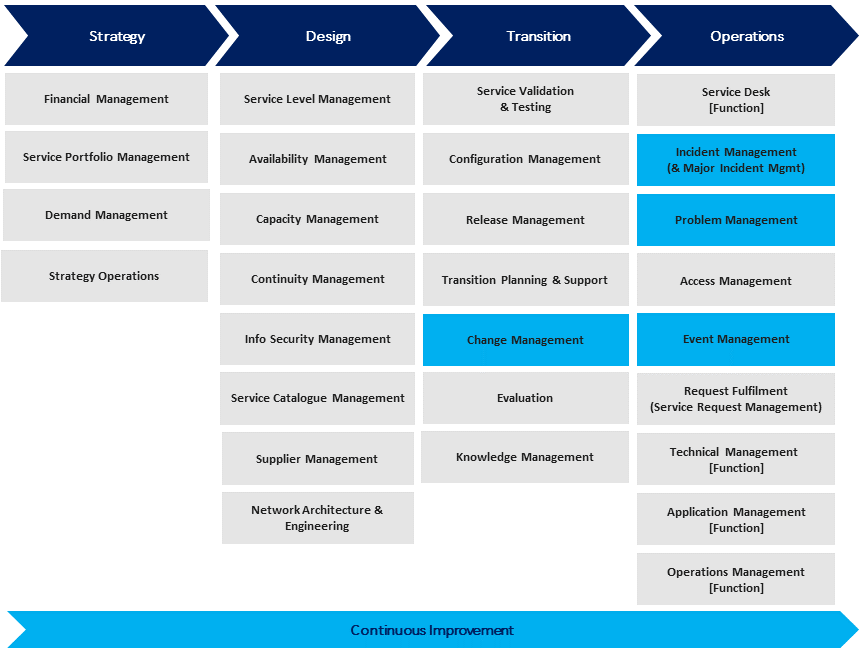Listening to the Customer: How can we create more value for you?
We’ve just started an exciting new project in the last couple of weeks and have had some great workshops with the client’s exec & project
We were honoured to be guests on the Zero-Touch Telecom (ZTT) show last week. The discussion mainly revolved around a highly problematic skills gap that’s likely to widen between network masters and apprentices once we introduce significant automation via tools such as AIOps and the like.
In response, Michael P. asked a great question, “With the shift towards automation, what are some innovative ways we can cultivate the next generation of network experts?”
If we look at the 12 dilemmas we face on the journey to zero-touch operations, you’ll notice that Dilemma #8 ponders a very similar question,
“If the ninjas of the future no longer have a comprehensive apprenticeship (dilemma #2) and are dealing only with outages that have never been seen before (dilemma #4), then we arguably no longer have a ninja team that can diagnose root-cause from memories of past patterns. “
Creating a “Network Operations Ninja Academy (NONA)” that prepares individuals to handle unprecedented network outages (black swan events) requires a shift from traditional network ops training methods to a multidisciplinary approach. It’s clear that such an approach would need to emphasise psychological resilience, adaptive thinking to handle unforeseeable situations and cross-functional leadership of experts.

As Geoff Hollingworth pointed out in the preamble to the ZTT show, this would seem to align with special-forces military training (not that I’ve ever been on any special-forces training).
This academy would not just be a training ground but a think-tank for pioneering network solutions, ultimately creating a cadre of “ninjas” adept at managing and resolving crises that have never been faced before. The question then, is how might one construct a Network Operations Ninja Academy?
Here are a few thoughts on how I might build a NONA, but I’d love to hear thoughts from you too dear audience, in the comments below!
Hands-on experience is a fundamental component of the NONA. Machines like AIOps and automation engines will remove the possible on-the-job learning and pattern-recognition, so these need to be replicated in new and novel ways.

With NONA training designed to put trainees in high-stress situations, it’s possible that there could be a mental toll. Therefore it seems important to put the right support and wellbeing programs in place to support these trainees:
There’s sure to be plenty of layers that I’ve managed to overlook from this NONA plan. What have I missed? Please leave us a comment below.
We’ve just started an exciting new project in the last couple of weeks and have had some great workshops with the client’s exec & project
Are you as fascinated with automation, AIOps, zero-touch networking, autonomous networking and the like? If so, you might like to listen in on a chat
There’s a common misnomer that AIOps and Network Automation solutions are just stood up and a bunch of people are stood down. That is, as
If you’re a technologist (eg enterprise architect, developer, BA, tech PM, CTO, etc) who has been tasked with implementing significant technological and business transformation in

Here at Passionate About OSS, we are exactly that – Passionate About OSS (Operational Support Systems). We’re also passionate about BSS, NMS, or any other names you call the tools that help to operationalise your network.